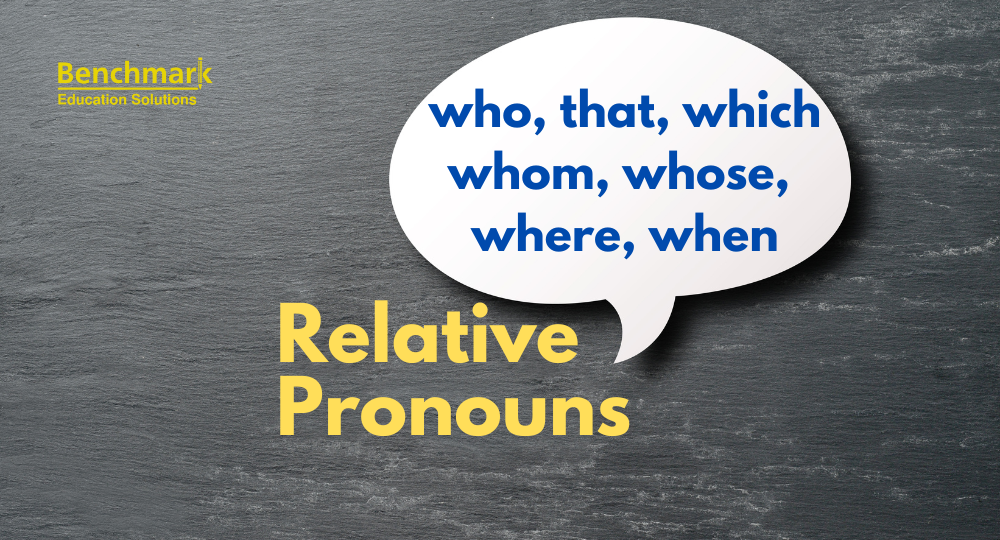Mastering Relative Pronouns in IELTS
- 0 Comments


Table of Contents
1. Relative Pronouns
The purpose of relative pronouns is to join two clauses together and provide extra information.
Some of the most common relative pronouns are: which, who, when, where, whose, whom and that.
In IELTS, making use of relative pronouns is an excellent way to create more complex sentences in the writing as well as the speaking section.
The punctuation needed depends on the type of clause. A relative clause can be restrictive or nonrestrictive.
- Restrictive Clauses
Structure: Main clause + relative pronoun + restrictive clause
- Non-Restrictive Clauses
Structure: Main clause, + relative pronoun + non-restrictive clause + , + rest of the main clause
We’re going to look at some examples of relative pronouns to learn how and when to use them correctly.
1.1 Who
Use when referring to people.
Example:
- The scientists who have been studying climate change for years have made a few useful suggestions on how to fight against it.
1.2 That
Can only be used in restrictive clauses for people, animals or things.
Example:
- The solution that I suggested should be implemented as soon as possible.
1.3 Which
Use when referring to an object.
Example:
- The new policy, which was introduced last year, has significantly improved productivity.
1.4 Whom
When referring to the object of a verb or preposition.
Example:
- The candidate whom the committee selected was the most qualified.
- To whom can I forward my complaint?
1.5 Whose
For possessions and can be used for people or things.
Example:
- The author whose book I am reading has a unique style.
1.6 Where
To provide more information on a place.
Example:
- The house where I grew up was rather large and in a picture-perfect town in Italy called Verona.
1.7 When
To provide more information about a time.
Example:
- During the meeting, when a lot of the employees were absent, the new terms were discussed.
2. Common mistakes
2.1 Only use one pronoun
This is a pretty common mistake made among candidates, especially when speaking.
Incorrect: My longest friend, that who I met when I was a child, is probably the person I confide in the most.
Correct: My longest friend, who I met when I was a child, is probably the person I confide in the most.
2.2 Who vs Whom
To test whether you should use who or whom, replace “who” or “whom” with a pronoun:
- Use he/she/they for
- Use him/her/them for
Example:
- Who is calling? (He/She/They is calling.)
- Whom did you see? (You saw him/her/them.)
The person who won the award is my friend. (Subject of “won”)
The person whom I met yesterday was very kind. (Object of “met”)
To whom did you give the book? (Follows preposition “to”)







